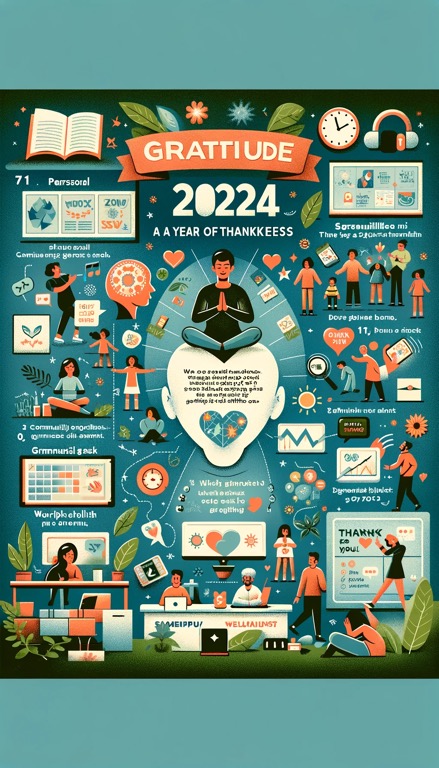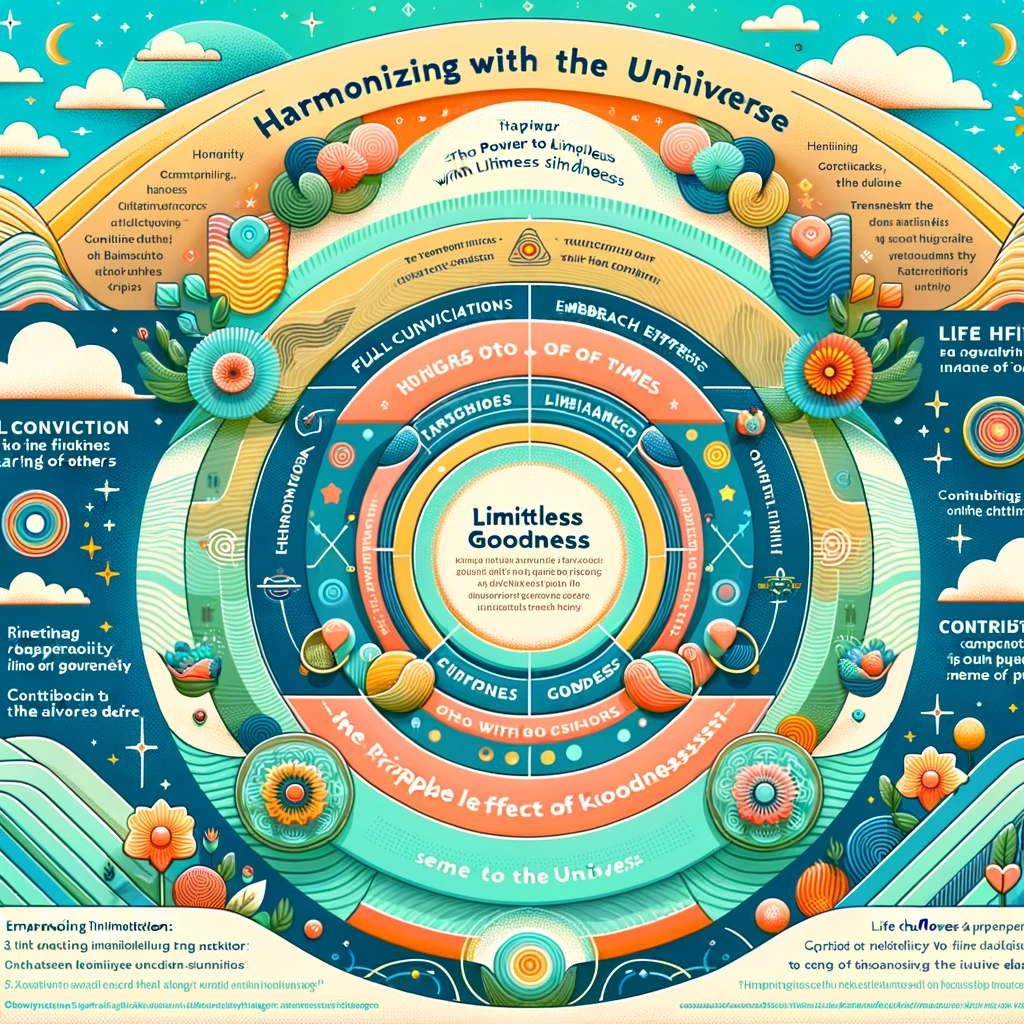Gratitude, a timeless virtue, has taken center stage in 2024, transforming our personal lives, communities, and workplaces. As we navigate this year, starting all things with gratitude isn’t just a trend; it’s a powerful tool for cultivating positivity and resilience.
Gratitude Shapes Our Days: Each day in 2024 begins with a moment of thankfulness. Whether it’s a gratitude journal entry or a mental acknowledgment of something positive, this practice sets a tone of optimism and contentment.
Gratitude in the Community: Communities have embraced gratitude as a unifying force. Local events, from gratitude walks to thank-you note campaigns, foster a sense of togetherness and appreciation for the often-overlooked aspects of community life.
Workplace Culture Revolutionized: Companies in 2024 have integrated gratitude into their cultures. Regular expressions of appreciation among colleagues, gratitude boards, and recognition programs have enhanced employee morale and productivity.
Education Emphasizes Gratefulness: Schools have adopted gratitude-focused curriculums. Teaching children to express and recognize gratitude contributes to their emotional and social development, preparing them for a more compassionate future.
Gratitude and Mental Health: Mental health professionals emphasize gratitude’s role in wellbeing. Practicing gratitude has been linked to reduced stress and increased happiness, making it a key component in therapeutic approaches.
Technology Supports Gratitude Practices: Innovative apps and platforms make it easier to practice gratitude daily. These tools offer reminders, prompts, and sharing capabilities, keeping the spirit of thankfulness alive in our digital world.
Gratitude’s Environmental Impact: A grateful mindset extends to how we interact with our environment. Appreciating nature leads to more sustainable choices, fostering a healthier planet.
The Power of “Thank You”: Simple yet profound, saying “thank you” has gained new significance. This small act of acknowledgment builds stronger relationships and spreads kindness.
Gratitude, Beyond the Individual: The ripple effect of gratitude touches every aspect of society. From strengthening bonds to enhancing mental health, gratitude is more than a personal practice—it’s a societal cornerstone.
Conclusion: As 2024 unfolds, the power of gratitude is unmistakable. Embracing thankfulness in all aspects of life creates a more joyful, cohesive, and compassionate world. Let’s continue to start all things with gratitude, not just this year, but as a lifelong commitment.






